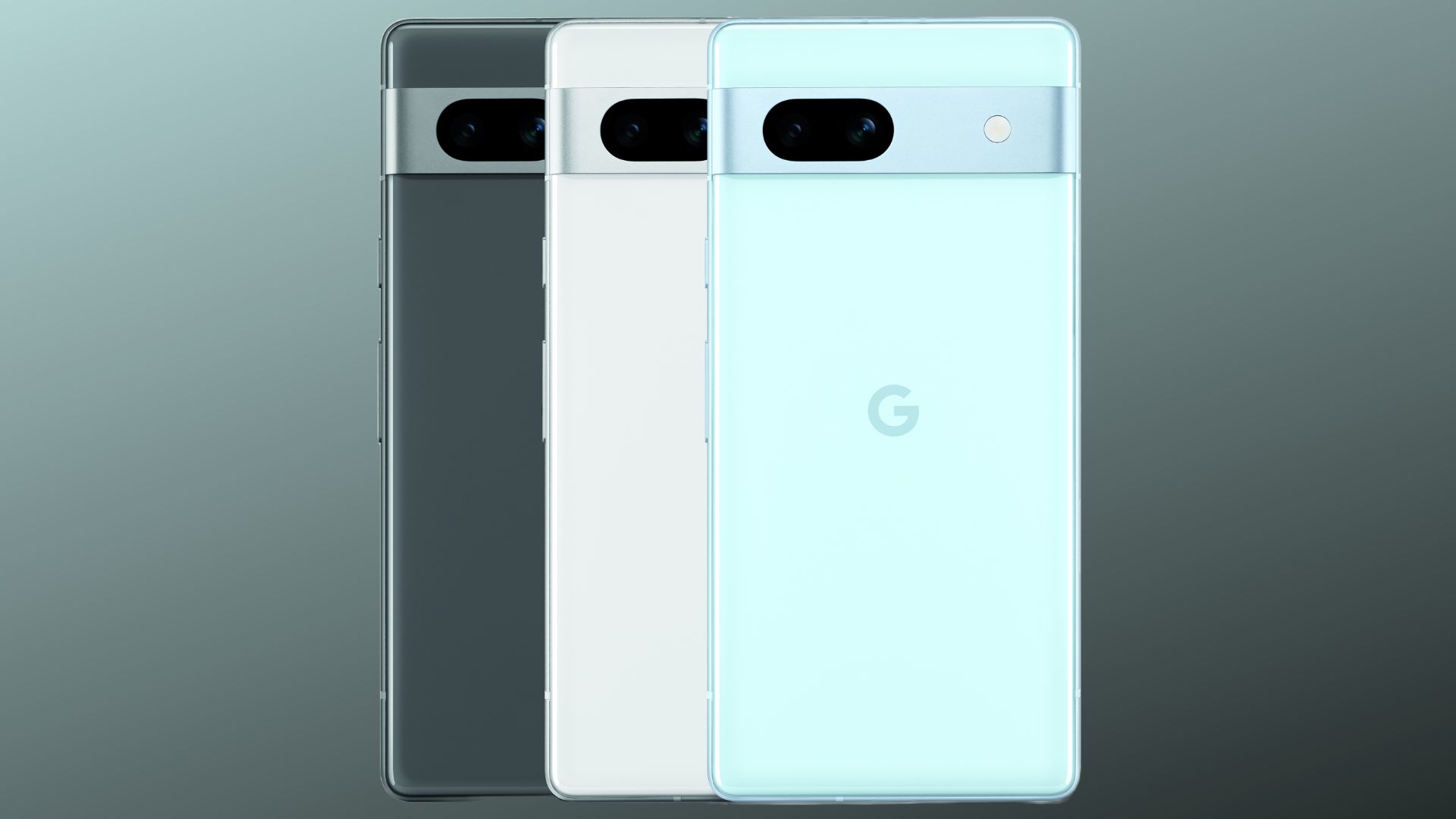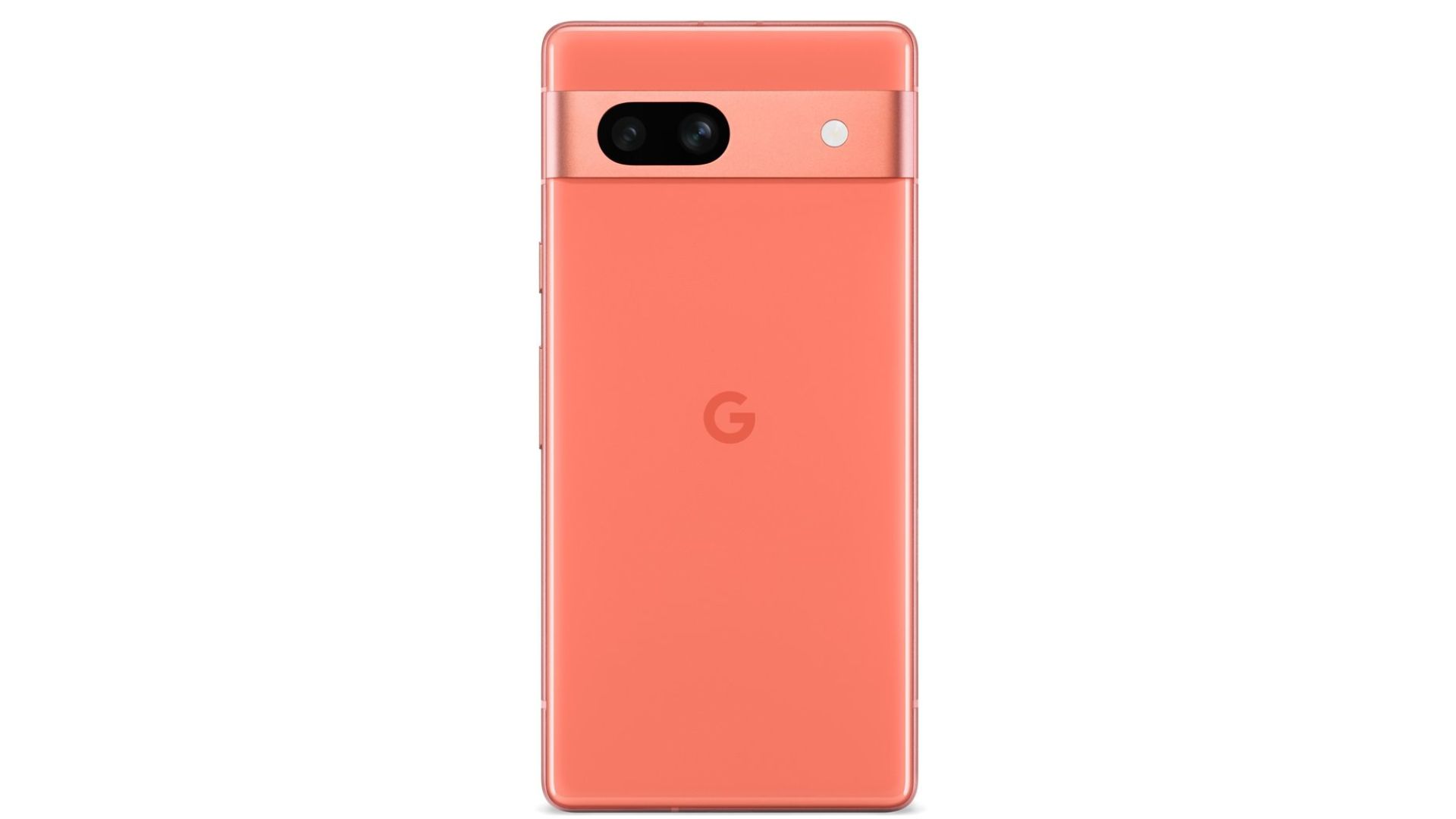Google Pixel 7a – these are the 7 biggest rumors so far
Our expectations are high for Google's new budget flagship

It looks very likely that the next phones we're going to get from Google will be the Pixel Fold and the Pixel 7a, with both tipped to launch at Google I/O 2023 later today. The latter will be the successor to the Pixel 6a in Google's series of value-for-money mid-rangers, and based on the rumors it looks like being pretty special.
At the time of writing, we don't have anything official on the Pixel 7a (unlike the Pixel Fold or the Pixel Tablet), but we do have a lot of rumors and leaks to pore over – and they have us pretty excited about what Google might have in store here.
Bear in mind that none of these rumors are confirmed as yet. If the phone is indeed unveiled at Google I/O 2023, then we should learn everything there is to know about the Pixel 7a later today (Wednesday, May 10) at 10am PT / 1pm ET / 6pm BST, which is at 3am AEST on May 11 for those in Australia.
Our Google I/O 2023 live blog is already in progress, bringing you all the last-minute rumors now, and all the big news once Google I/O starts.
But before then, here's our roundup of the seven reasons why the Pixel 7a will be worth tuning in for.
1. Quick availability
May 10 is the day when we're expecting the Pixel 7a to be unveiled, but how quickly after that will it be available to buy? Pretty quickly, according to one source: in fact, you might be able to buy the Pixel 7a immediately after it's been announced, with no preorders needed.
Retailers have apparently been stocking up on the Pixel 7a phone well in advance. In contrast, it looks like there might be quite a wait for the Pixel Fold to be made available, so you'll have more time to save up for that one.
Sign up for breaking news, reviews, opinion, top tech deals, and more.
2. A familiar design

The look of the Pixel phones is now fairly well established, with the rounded edges, the soft colors and the raised camera bar. From the leaked pictures and videos we've seen of the phone, it doesn't look as though Google is going to deviate much from that template when it comes to the Pixel 7a.
And if it works, why change it? We're at the stage now where you can recognize a Pixel phone just by looking at it, and having that visual identity is probably something that Google will want to stick with for the foreseeable future.
3. New colors

While it would seem that the design of the Pixel 7a won't be all that different from that of the Google Pixel 6a, we are in line to get some fresh new colors. Apparently the Pixel 7a will come in a pale blue shade called Arctic Blue; we've seen blue Pixels before, but not in this particular shade.
More recently, we've seen leaked images showing the Pixel 7a in a distinctive orange color. The more standard white and black (or gray) options are also expected, and one or more of these colors might be limited in terms of availability.
4. Impressive performance

All the indications are that the Pixel 7a will arrive packing the same Tensor G2 chipset as the Google Pixel 7 and the Google Pixel 7 Pro. In terms of actual performance, though, the upcoming mid-ranger might actually beat the flagships Google launched last year.
Leaked benchmarks suggest that the Pixel 7a posts higher scores than the Pixel 7 and the Pixel 7 Pro, helped by a rumored 8GB of RAM on board. It's a significant step up from the Pixel 6a, and if these rumors are true is likely to be the most powerful Pixel smartphone yet. All of which also bodes well for the Pixel 8 and Pixel 8 Pro.
5. Face unlock
Being able to unlock your phone with your face is quick and convenient, and standard on iPhones – but it's never been seen on an A series Pixel phone. After the Pixel 4, it was dropped on the flagship series, though the technology has now made a return with the Pixel 7 and the Pixel 7 Pro.
According to one tipster, face unlock is going to be available on the Pixel 6a if you want to use it instead of a fingerprint or a PIN code. The suggestion is that this change is possible because the efficiency of the Tensor G2 processor means face unlock doesn't drain the battery too much. Either way, it'll be good news if true.
6. A mid-range camera setup
To get to a mid-range price point, Google has to save a bit of money somewhere, and it would appear that the camera system is one area where costs have been cut: the phone is rumored to be coming with a dual-lens 12MP plus 12MP rear module, compared to the 50MP plus 12MP setup on the Pixel 7.
The rumored configuration matches the Pixel 6a on paper, but it's important not to assume too much about photo and video quality ahead of time. On Pixel phones, Google's on-board software processing plays a big part in how the end results look, a fact which helps them to outperform their speaks and rank among the best camera phones.
7. A higher price
You don't need to be an economist to have noticed that the price of pretty much everything is going up and up – and apparently that extends to mid-range smartphones such as the Pixel 7a, too.
A reliable source has said that the Pixel 7a is going to cost £449 in the UK, which is £50 more than the £399 that the Pixel 6a started at, a jump of some 12.5%. If the same hike is applied worldwide, then we're looking at around $500 in the US (as predicted by another source) and $843 in Australia to get your hands on this phone.
We'll find out for sure about all of these rumors if the Pixel 7a is unveiled as expected at IO 2023 on Wednesday. We've got a full rundown of the 7 biggest reveals to expect at Google IO 2023 and will have a team on the ground to bring you all the latest news as it happens.

Dave is a freelance tech journalist who has been writing about gadgets, apps and the web for more than two decades. Based out of Stockport, England, on TechRadar you'll find him covering news, features and reviews, particularly for phones, tablets and wearables. Working to ensure our breaking news coverage is the best in the business over weekends, David also has bylines at Gizmodo, T3, PopSci and a few other places besides, as well as being many years editing the likes of PC Explorer and The Hardware Handbook.
